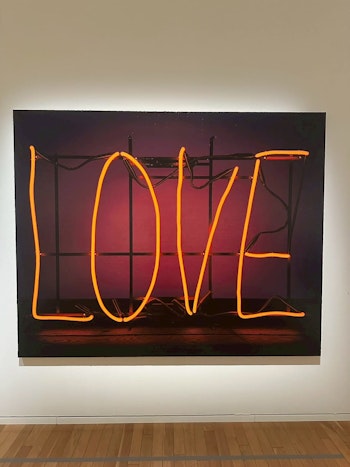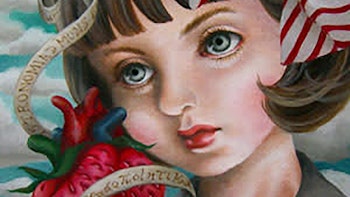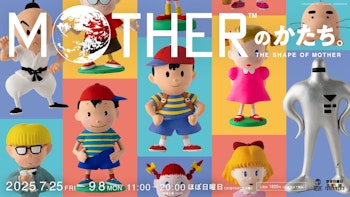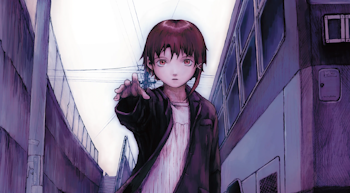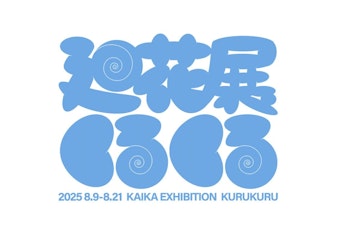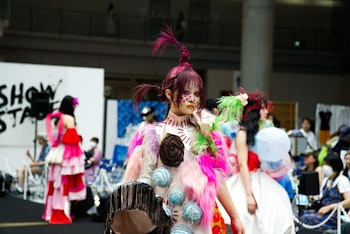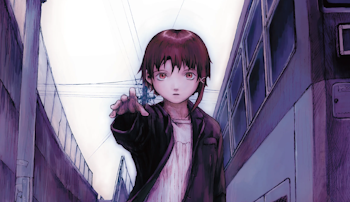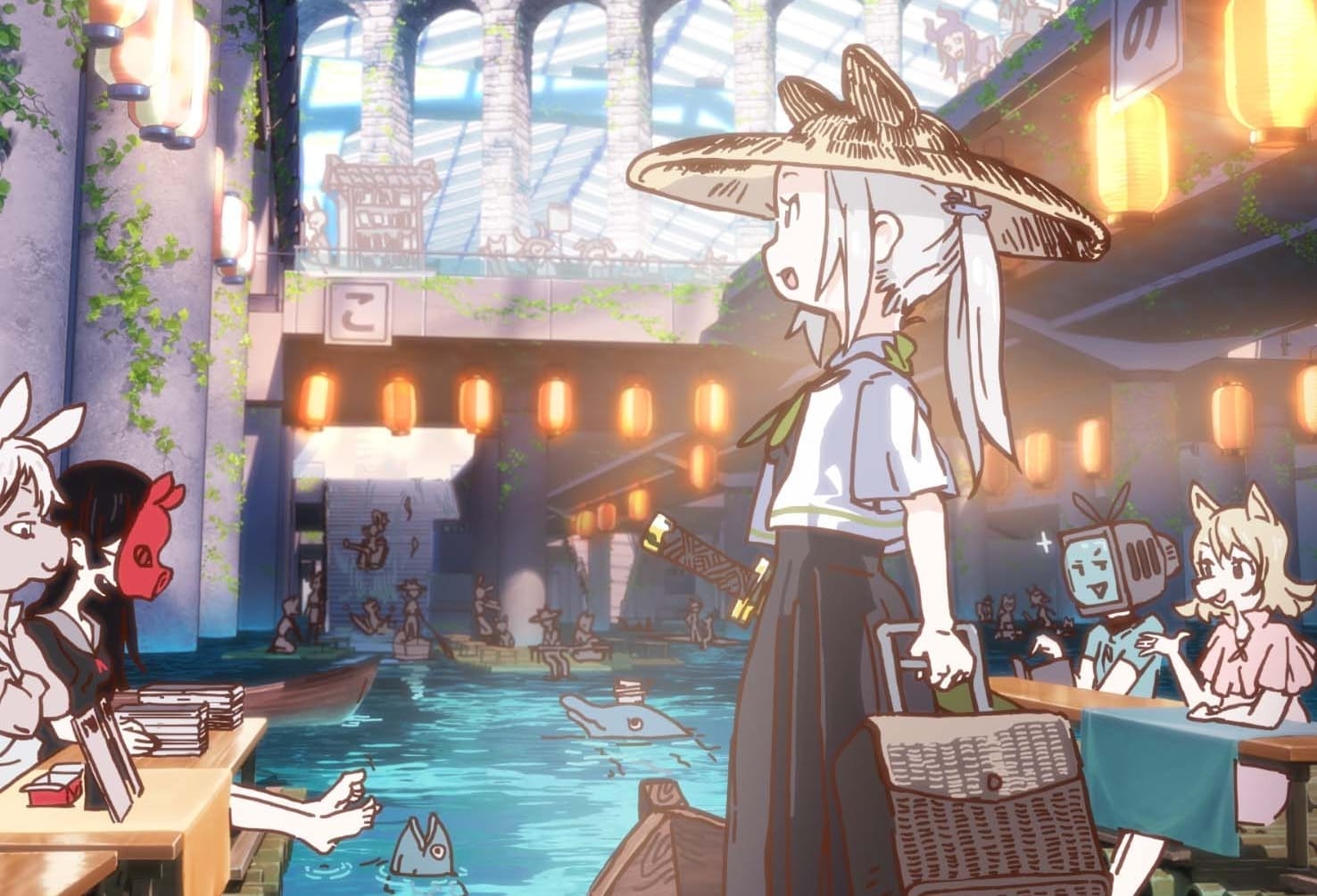
The doujin scene is a bountiful creative space, one whose self-sustaining ecosystem is unlike anywhere else. Blossoming hubs ranging from Comiket to the tiniest of single-series doujin events and gatherings across mediums like gaming, music, illustration and more, are almost incomparable to the likes of an artist alley at a Western convention. Grassroots organization and lower costs for producing goods mean that even small communities can celebrate their passion, with artists free to showcase and sell their work from obscure labors of love to major franchise fan works at minimal cost.
Even in this doujin space, however, COMITIA is unique. Digital Games Expo is a space for gaming supported by the industry, and while there’s space for original doujin creations at Comiket, the event is primarily associated with fanworks for well-known anime, manga and IP. COMITIA is different, thriving exclusively on indie creativity and explicitly prohibiting fanworks.
Earlier this month the event celebrated its 40th anniversary, with COMITIA 150 taking place across five massive halls at Tokyo Big Sight in one of the biggest shows in the event’s history to mark the occasion. The event has humble origins compared to the haven it is today, and even in its earliest days stood proudly singular in its championing of original work.
【 #コミティア40周年 ヒストリー(1/5)】
— コミティア実行委員会 (@COMITIAofficial) November 18, 2024
本日はコミティア「40年目の記念日」!
ということで、#COMITIA150 会場内に掲示した「COMITIA 40thヒストリー」で歴史を振り返っていきます。
昨日見られなかった…という方もぜひお楽しみください!
まずはCOMITIA1~32まで。… pic.twitter.com/WrOtYe8Atq
The first COMITIA took place on November 18th 1984 at the then-newly-opened Nerima Cultural Center, with just 55 doujin circles and creators participating in the original art doujin event. The works of a further 46 circles were represented at the event by other participants, bringing the total number of circles represented to 101. This was a minor event (to put it into perspective, the recent Splatoon-only Splaket event hosted 160 circles), but it was a success, allowing it to trundle along on a twice-annual basis
The event was founded by Masashi Tsuchiya from doujin circle JET PLOPOST and Masahiro Kumada of TEAM COMPACTA, as the pair discussed in an interview featured in the catalog for COMITIA 150. The former also wrote for a doujin news magazine known as Pafu, and the pair met when Tsuchiya interviewed the latter for the June 1984 issue. One thing that caught Tsuchiya’s eye was how the work of TEAM COMPACTA was such a popular hit for fans at the MGM original-only doujin event while also being a younger artist of his same generation compared to the typically-older creators often revered at the time.
With that event reaching limits in capacity and unable to move venues, the pair chose to establish a new event that could bring artists together from across the country even if not directly attending.
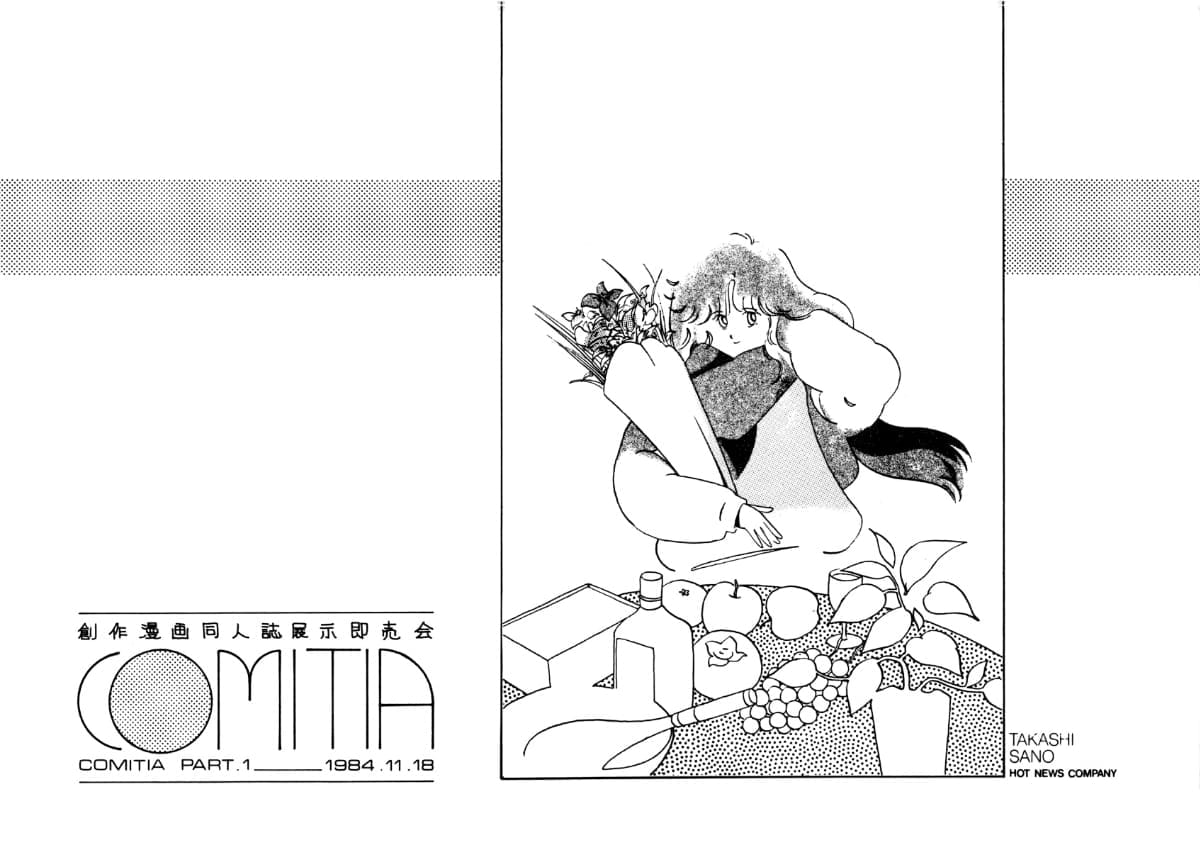
The resulting event, COMITIA, grew rapidly, already having over 400 participating circles within five years by the show’s 14th iteration in November 1989. By the early 1990s, new regional COMITIA events in Kansai and Niigata were organized that still continue as their own events in addition to Tokyo’s quarterly showcases. It was during this time the event slowly transitioned to Tokyo Big Sight as it now hosted thousands of circles in any given show, making the venue a permanent home from the 66th edition in November 2003. This most recent event was the largest ever, with over 6000 circles across five halls of Tokyo Big Sight.
Since the first iteration, cosplay is forbidden to prevent large crowds that get in the way of circles showcasing their work. Even at such massive scale, the original goal of COMITIA to highlight and promote original works like those of COMPACTA and JET PLOPOST remains today.
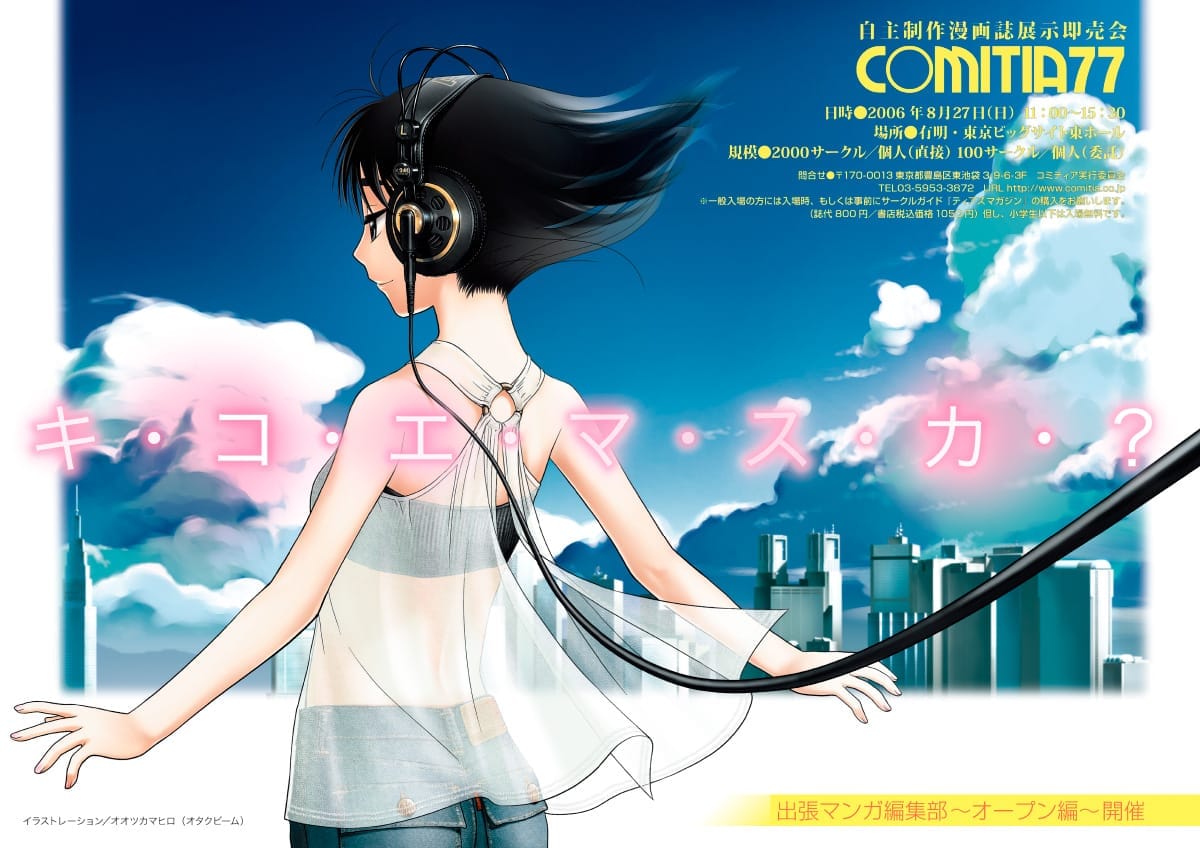
This isn’t to the say the event wasn’t influenced by the rise of doujin culture as a form of parody and fan work of popular IP. The success of series like Captain Tsubasa inspired a wave of artists to create doujin, to the point printing costs for all artists fell and made it more viable for smaller artists. It even became possible for circles to jump between the spheres of fan works and original doujin and display at both COMITIA and fan events to showcase different work. More artists and interest inevitably increased attendence.
This all culminated in COMITIA 150, the largest event of the show’s history that I attended earlier this month. Although it wasn’t my first time, I was excited to discover new artists and collect new books from those I saw before. Most of all, the supportive atmosphere synonymous from bringing all these creatives into a single space was something I was thrilled to revisit. As with any doujin event, there’s an appreciation and a celebratory, supportive atmosphere unlike anything else. You have artists bolstering their other peers around them, fans giving sweets and gifts to their favorite creators to show gratitude, all while witnessing an inspiring rush of creativity on all sides.

Picking up a catalog for the event at Animate a few weeks prior and reading through it in the days leading up to the show, I slowly built a list of artists I wanted to catch at the event. Some I was familiar with, such as The Worst Vegetable Corner, who was selling a GBA cart of their animations I was determined to collect after missing out last year. Others simply caught my eye as I searched their art online.
Arriving at Tokyo Big Sight the morning of the event, the energy was electric. With the second day of Design Festa happing in the halls next door, this was truly a day where the biggest event hall in Tokyo was conquered by the creative spirit. For what you would expect to be a frosty November morning, the blue skies and warm temperatures could fool you for the summer heat as we waited to be allowed inside.
Once inside, crowds dispersed. Circles were organized by category, from illustrators to yuri and BL artists to essay doujin creators to adult art to game and craft makers and more. Around the edges, larger artists that would inevitably attract the largest queues were situated. Nichijou mangaka Keiichi Arawi has been a major proponent for the event for many years. This time, alongside an exclusive short comic about the event, he was selling Helvetica Standard: Royal Straight Flush, a collection of works from 2016-2023, exclusively at the show, with a snaking queue stretching outside the venue from the instant the show opened.
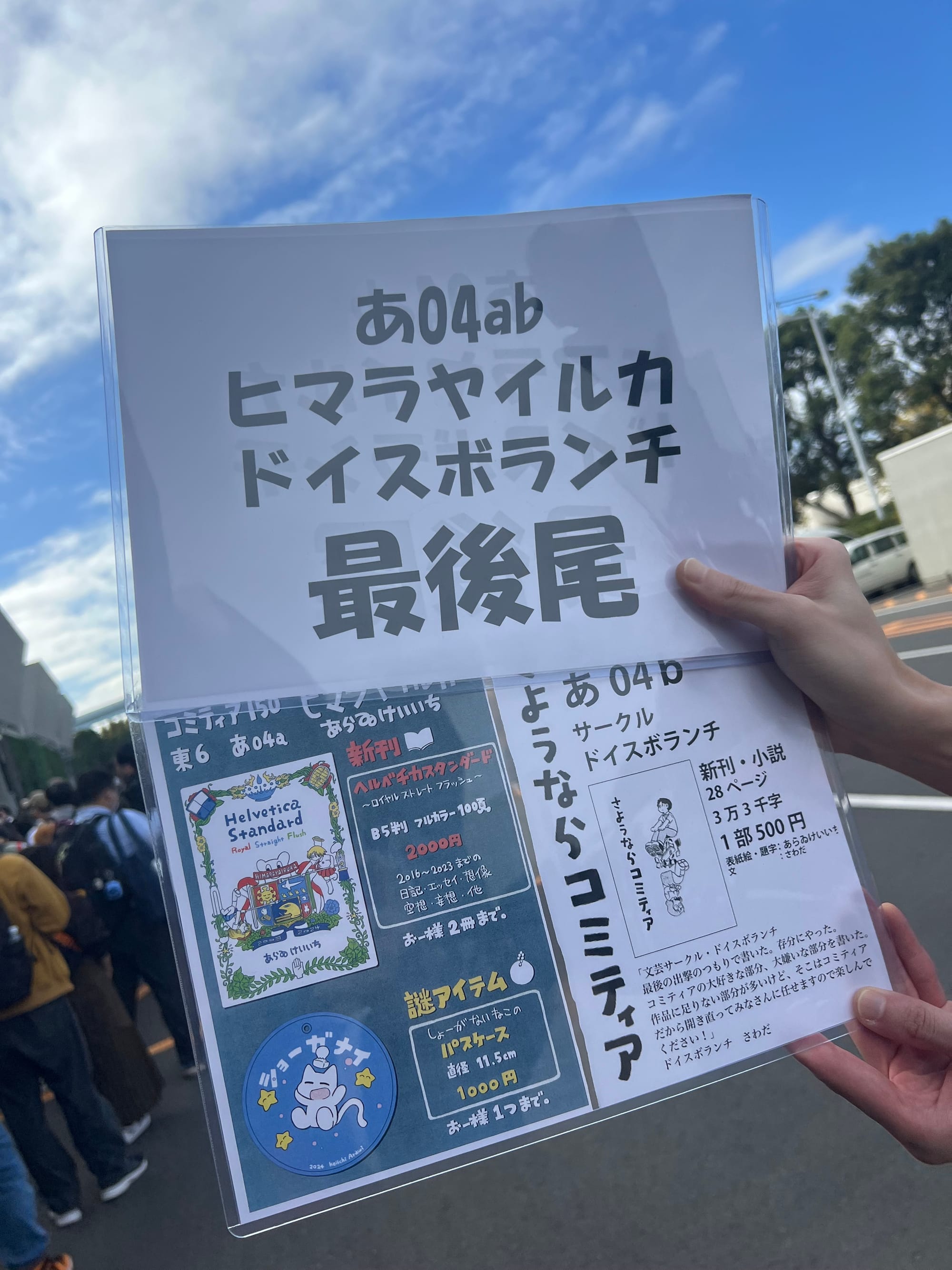
While certainly neat, and I did pick up a copy myself, this isn’t why I attend the event. Discovering new artists in the days leading up through posts on social media or wandering the show floor, picking up trinkets, is a true joy. It’s by wandering the halls that I stumbled on the striking kawaii core jirai-infused art of mimimi, whose bold colors instantly drew me to their art. My only regret was not buying more.
୨୧┈┈┈┈┈┈┈┈┈┈┈┈┈┈┈୨୧
— 耳塚みみ美💖コミティア150通販~11/30💖skeb募集中 (@mimidk_mi) October 6, 2024
あなたの言う"天国"が救済なら
断罪も責苦も甘んじて受け入れる
୨୧┈┈┈┈┈┈┈┈┈┈┈┈┈┈┈୨୧
#illustration #oc pic.twitter.com/Jb0Kp5B1yE
The sheer variety was a particular joy. I rather enjoyed the two-tone shojo aesthetics of secretbrand’s yuri anthology, which couldn’t be more removed from the sickly-sweet neon-colored diner concept artbook I bought from Yumenouchi. As a fan of Eye’s Domestic Drastic song, I had to pick up the illustration book from Shachinomaru, who did the character design for the video’s key illustration. This is ignoring the myriad of postcards I collected that join an ever-growing wall-mounted display, or the full-sized art book from Barakan.
But there’s so much more to attending an event like this than simply collecting cool doujin zines. The most memorable interactions I had were bumping into friends who I didn’t know had planned a trip to the show but were also attending. It was talking to artists, particularly during quieter times, and thanking them.
Last year I picked up a zine copy of the first chapter of Tomose Hoku’s serialized doujin fantasy series Lamp Lighter. The series follows Alouette, a girl who controls fire and whose job it is to make sure the light remains in a world of darkness by lighting lamps, protecting the people from the threats it contains. As we talked briefly towards the event’s end and I picked up a compiled version of many of the chapters so far to catch up on the story, they excitedly showed me List Rouge. This was their first commercial work, serialized through Champion Cross.
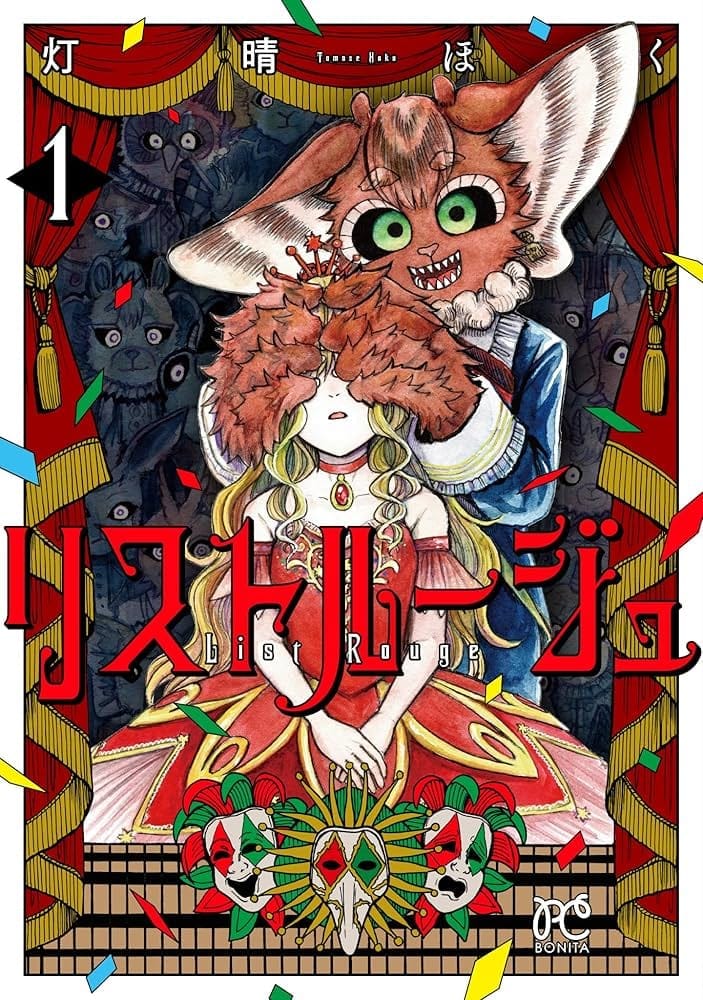
This is the other side of COMITIA that its growth has facilitated. Off to the unassuming side of the final hall was an area filled with manga publishers, from Cygames and Square Enix to U-Next and other smaller publishers. Many had drop-boxes for doujin, and they were handling portfolio reviews and meetings. As an event for original stories and art, this was a space for artists to get noticed and reach a larger audience. The event had grown to such a scale that this bridge between the doujin scene and the industry, always a present factor for decades, had been codified into the event itself. It’s an opportunity, a testament to the craft on display.
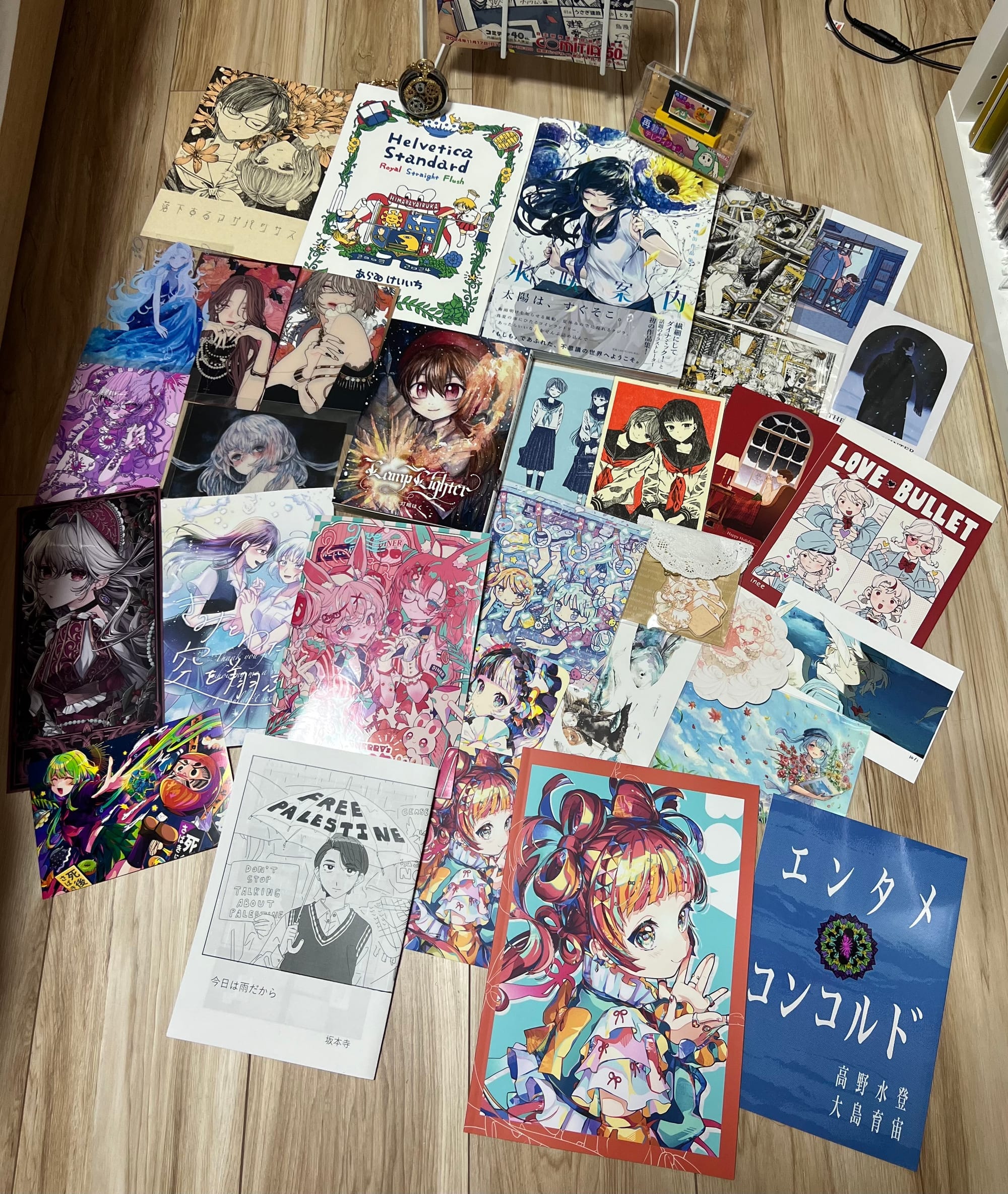
After 40 years, COMITIA is bigger than ever. The event attracts 15000-25000 attendees per show on top of the circles in attendance, and while final numbers have not been released for COMITIA 150, it would not surprise me if the final count surpassed this again. Both attendees and staff seemed to underestimate the planned attendance, with many circles selling out of merch by mid-afternoon as on-the-day catalog sales ran out just after lunch.
But this is far from a bad thing!
People being passionate about the creativity on display is testament to just how much art has the power to move and inspire us. It’s a true joy witnessing an event like this.
